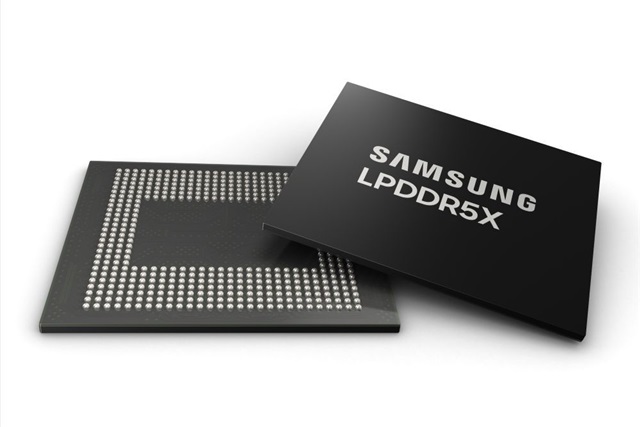
Recently, China has set two records in semiconductor chip sector: first, it mass-produced the world’s first 28nm embedded RRAM image quality adjustment chip; second, it developed the world’s first 16-bit quantum bit semiconductor microprocessor chip.
Mass Production of the World’s First 28nm Embedded RRAM Image Quality Adjustment Chip
As per the official account of “Beijing Yizhuang,” the world’s first 28nm embedded RRAM (Resistive Random Access Memory) image quality adjustment chip, developed by Chinese semiconductor company Xianxin Technology in collaboration with domestic research institutes, has achieved mass production in Beijing and has been successfully applied in the high-end series of Mini LED televisions of leading brands in China.
It is reported that this 28nm display chip adopts the “digital chip + embedded RRAM” technology solution. Compared with the mainstream counterpart in the industry, which uses the “TCON + external FLASH memory,” this chip effectively addresses issues like the high cost of external memory devices and the slow read speed of compensation parameters.
Furthermore, the chip integrates RRAM IP directly on the 28nm process node, enabling lower cost, smaller size, and higher efficiency.
Data shows that this mass-produced 28nm embedded RRAM image quality adjustment chip is not only the first domestically developed 28nm display chip in China but also the world’s first advanced commercial image quality adjustment chip to use 28nm embedded RRAM IP.
It possesses fully independent intellectual property rights. Its built-in RRAM memory module and core RRAM IP technology are derived from the transformation of research institute results, and the image quality adjustment algorithm is independently developed by Xianxin Technology.
HKPU Develops a 16-bit Quantum Bit Semiconductor Microprocessor Chip
Recently, a research team from Hong Kong Polytechnic University (HKPU) successfully developed the world’s first 16-bit quantum bit semiconductor microprocessor chip, providing a novel solution for simulating large and complex molecular spectra.
HKPU explained that the team used a linear photonic network and compressed vacuum quantum light source to simulate molecular vibration spectra. This 16-bit quantum microprocessor chip is manufactured and integrated on a single chip.
In addition, the research team also developed a complete system, including optoelectronic thermal packaging for the quantum photonic microprocessor chip and control module, driver software and user interface, as well as programmable underlying quantum algorithms. The developed quantum computing system can be applied to different computational models.
The quantum microprocessor can be used to handle complex tasks, such as faster and more accurate simulations of large protein structures or optimizing molecular reactions.
Dr. Zhu Huihui, a postdoctoral researcher and the first author of the research paper, stated that this method can break through traditional limitations, enabling early practical molecular simulations and potentially achieving quantum acceleration in related quantum chemistry applications.
It is reported that, in addition to HKPU, other collaborative institutions include Nanyang Technological University, City University of Hong Kong, Beijing Institute of Technology, Southern University of Science and Technology, Institute of Microelectronics (IME), and Chalmers University of Technology in Sweden.
Stay up to date with the latest in industry offers by subscribing us. Our newsletter is your key to receiving expert tips.

The market size of analog semiconductors was recorded at USD 102.3 billion in 2024 and is projected to register consistent expansion, rising from USD 143.2 billion in 2025 to approximately USD 2,959.1

On 27 July 2025, European Union and United States of America reached a political agreement on tariffs and trade. The transatlantic partnership is a key artery of global commerce and is the most signif

Samsung Electronics will raise contract prices for DRAM and NAND flash in the fourth quarter of 2025, industry sources told Newdaily.co.kr. The move reflects shrinking output of legacy products and su